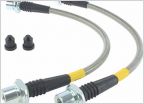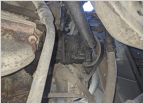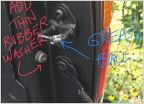-
Welcome to Tundras.com!
You are currently viewing as a guest! To get full-access, you need to register for a FREE account.
As a registered member, you’ll be able to:- Participate in all Tundra discussion topics
- Transfer over your build thread from a different forum to this one
- Communicate privately with other Tundra owners from around the world
- Post your own photos in our Members Gallery
- Access all special features of the site
P0171 code
Discussion in '1st Gen Tundras (2000-2006)' started by Bill58, Dec 27, 2018.
Page 2 of 2
Page 2 of 2


 Front calipers keep locking up
Front calipers keep locking up What's this #2
What's this #2 1st gen tundras! Touch Screen head unit. Who's got what?
1st gen tundras! Touch Screen head unit. Who's got what? Key wont go into ignition
Key wont go into ignition Tailgate loose when closed
Tailgate loose when closed Need advice with catch-up service (timing belt, water pump, radiator, LBJ)
Need advice with catch-up service (timing belt, water pump, radiator, LBJ)












































































